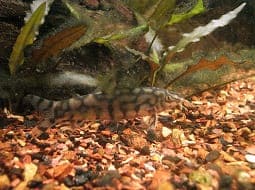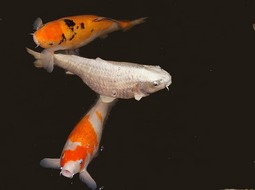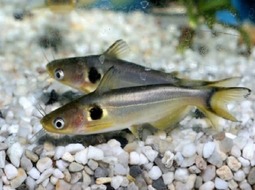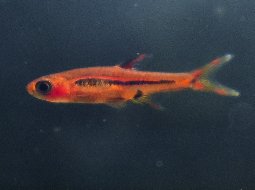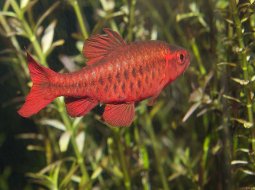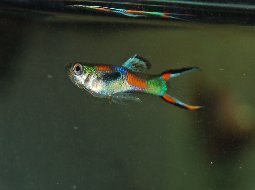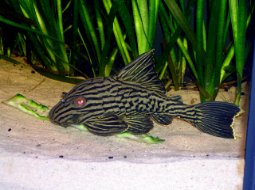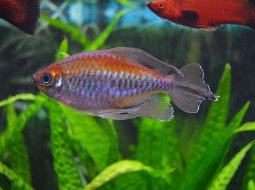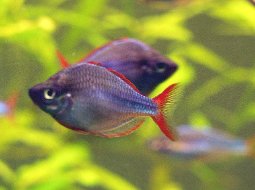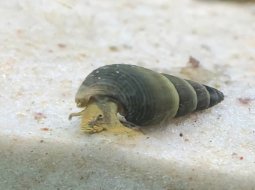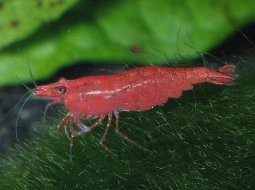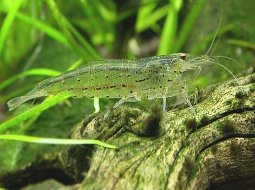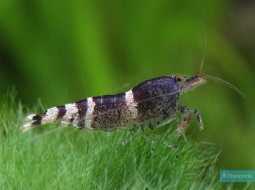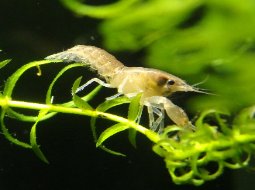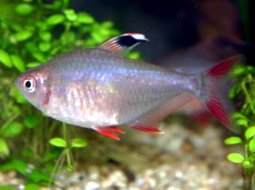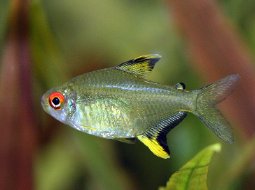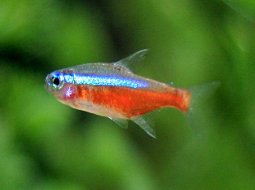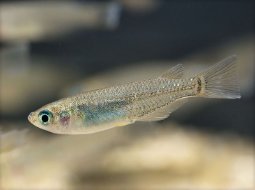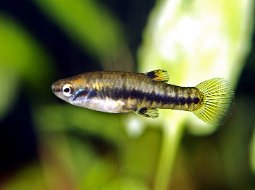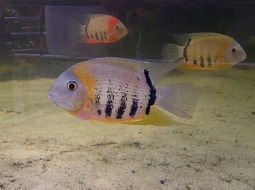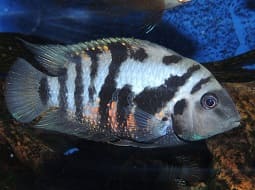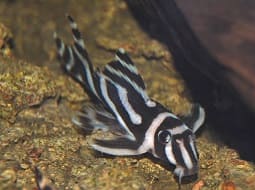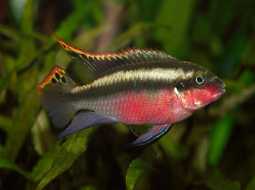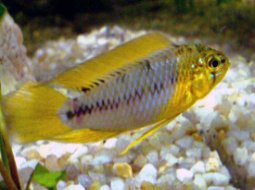
Loading Aqualapp ...
Care and Compatibility of Coolie loach - Pangio kuhlii
Introduction
Pangio kuhlii, commonly known as "Kuhli Loach" or "Coolie Loach," is a freshwater fish native to Southeast Asia. It is appreciated for its unique appearance and interesting behavior, making it a popular addition to community aquariums.
Pangio kuhlii has an elongated and slim body with smooth skin and very small scales. Its coloration ranges from dark brown to light gray, with vertical black bands running along its body. Its appearance allows it to camouflage among the substrate of the aquarium, such as sand or fine substrates.
Behavior
This species is primarily nocturnal and will feel more comfortable in an aquarium with hiding places and shelters, such as caves, logs, or dense plants. They are peaceful fish that get along well with other peaceful species. They enjoy burrowing in the substrate and exploring their environment in search of food. During the day, it is common to see them hiding in the substrate or under decorative objects.
Sexual Dimorphism
Sexual dimorphism in Pangio kuhlii is minimal and difficult to distinguish. Both males and females have a similar appearance. However, females may have a slightly rounder abdomen and may be slightly larger than males.
Reproduction
Breeding Pangio kuhlii in captivity is challenging due to their secretive behavior and specific requirements for spawning. To increase the chances of successful breeding, an appropriate environment with a balanced diet and optimal water conditions should be provided. Eggs are deposited and fertilized in suitable substrate, and the parents do not provide parental care to the offspring.
Aquarium Conditions
Pangio kuhlii, known as kuhli loach, is a unique and fascinating bottom-dwelling fish that requires an aquarium with soft substrate and plenty of hiding areas. It prefers warm, well-oxygenated water, with décor including driftwood, rocks, and plants for exploration and hiding.
Feeding
Pangio kuhlii is an omnivorous species and feeds on a variety of foods. In the wild, they primarily feed on small invertebrates and detritus. In the aquarium, they will accept dry foods such as pellets and flakes, but they also enjoy live or frozen foods like mosquito larvae, daphnia, and tubifex. Providing a varied diet is recommended to ensure proper nutrition.
Complexity
Caring for Pangio kuhlii is relatively easy. They are peaceful fish that can live in groups and adapt well to a variety of water conditions. They are omnivores and accept a variety of foods, but it's important to provide them with adequate shelters and hiding spots in the aquarium.
In case you need more help, or if you want to know into any topic related to the Pangio kuhlii (Coolie loach) and even any other species you can use the forums to ask what you need.
To do an analysis more detailed about coexistence and behavior of Pangio kuhlii (Coolie loach) use the Aquarium simulation tool, if you do this you can test different ways to combine the Coolie loach with other fishes giving the dimensions and space on you aquarium, on this way you can known the optimal configuration for keep the fishes that you want.
You can also find out the 108 species compatible with the Pangio kuhlii (Coolie loach) can live together.
Note: The parameters of the water such as PH and temperature are also used to calculate the compatibility of the species.
Compatible species (108)
Compatible (52 Species)
Compatible without any restriction
They like to live with several specimens of the same species, it is recommended to have more than 1 specimen.
Similar Sizes (14 Species)
They can coexist if they are the same size or very similar sizes, it does not work in all cases, there may be exceptions.
With Reservation (1 Species)
Compatible in some cases, it depends on the nature and personality of the fish.
Showdown over territory (6 Species)
Fish can live together as long as the space is spacious enough to delimit a territory, otherwise there may be aggressions for competing for the territory.
Considerable size difference (27 Species)
They can live together if they are of similar sizes, but obviously the koi fish will grow and the time will come when it could fit through the mouth of the koi fish and eat it.
They can coexist while they are similar in size or the size difference is not very abysmal, since as the fish grows it increases the chances of eating its partner that did not grow much.
Compatible if space is enough (8 Species)
They can coexist together if the aquarium they share is large and spacious enough for both species to feel good, as some fish may attack others to feel that they have little space and try to eliminate the competition.
Coolie loach
Pangio kuhlii
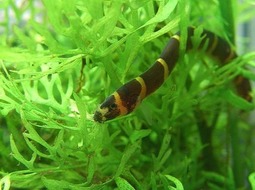
- Ph: 5.5 - 7
- Temperature (c°): 24 - 30
- Measures: 12 cm
- Aquarium Capacity:
18 Liters - 5 Gallons - Alimentación: Carnivores, Omnivores
- Colores: Black, Gris, Orange, Yellow
- Comportamiento: Active, Likes to take refuge, Night, Peaceful
- Habitad: Asian
- Preferencias del Acuario: Logs, Natural plants, Sand
- Tamaño: Medium
- Tipo de Agua: Sweet water, Tropical waters
- Velocidad de nado o movimiento: Normal
- Zona de Nado: Aquarium background

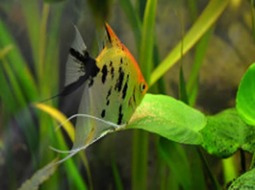
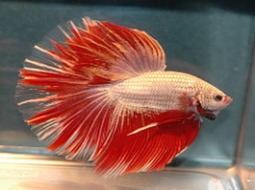
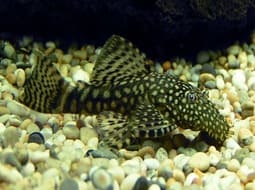

.jpg)
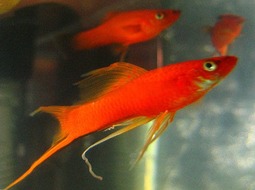
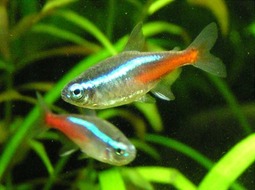
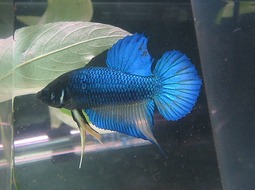
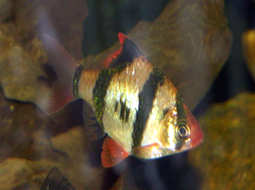
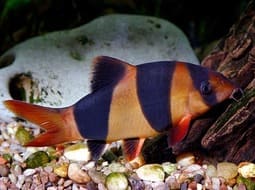
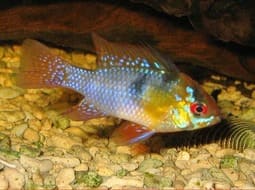

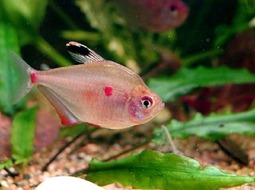


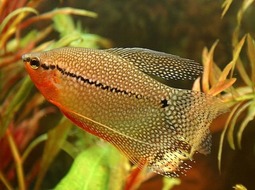
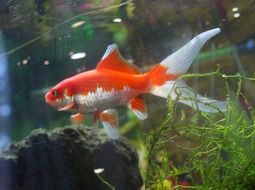

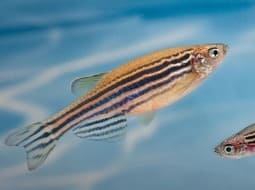
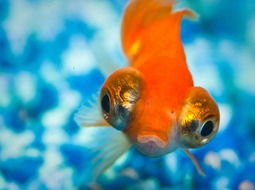

.jpg)


.jpg)
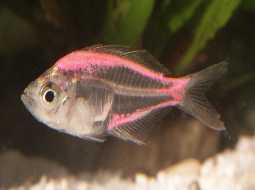
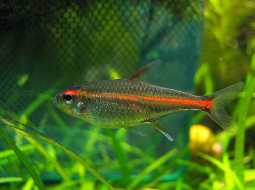
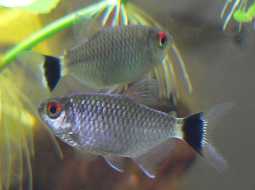
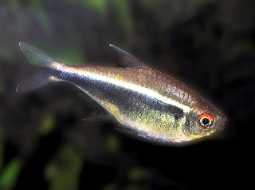

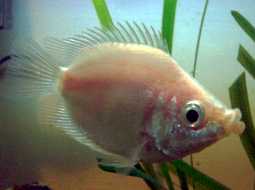
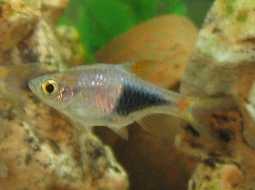
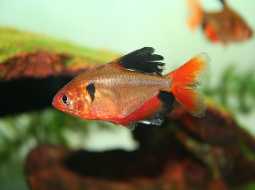
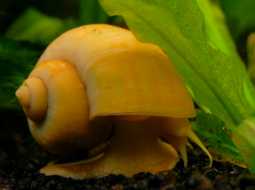
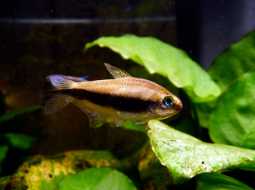
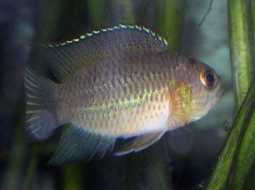

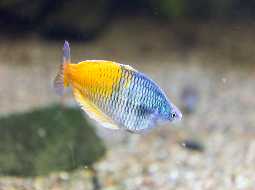
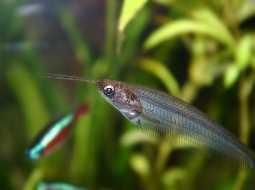

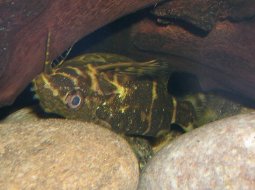
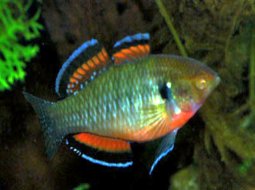

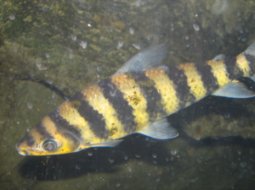



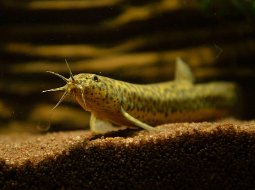
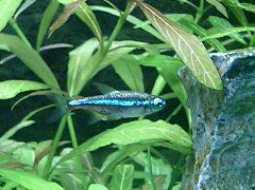



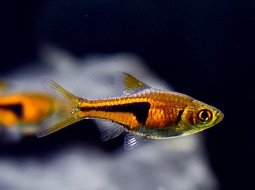

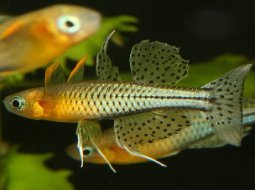

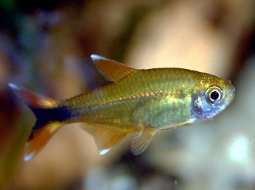

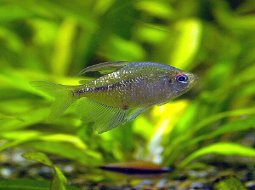


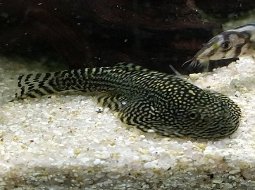
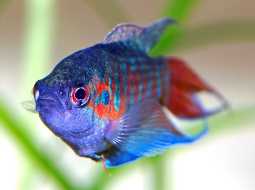

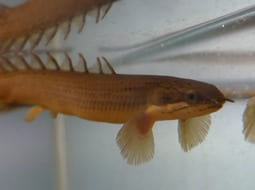
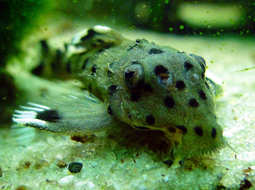

.jpg)
